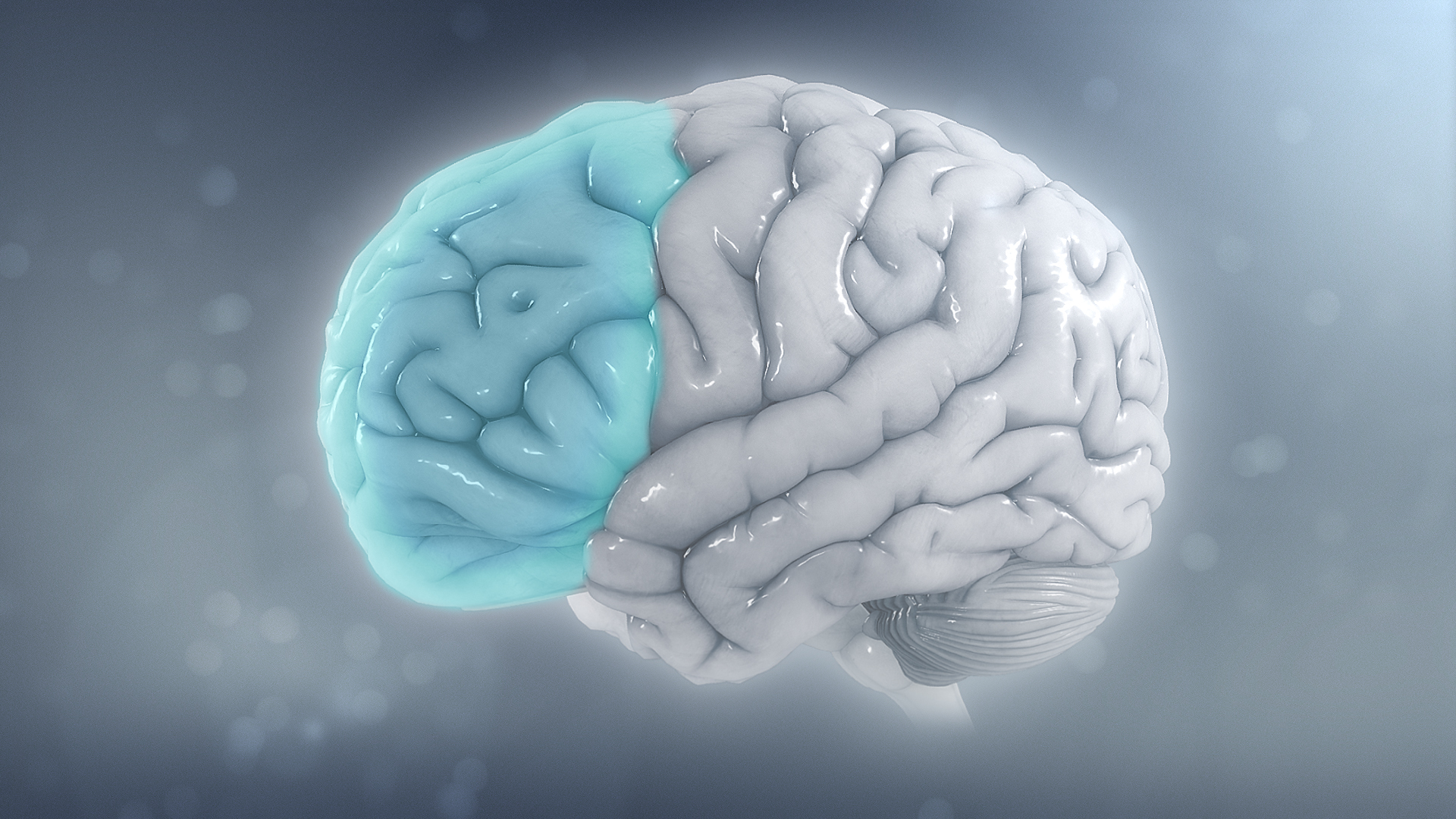ADHD in Children
What are the symptoms of childhood ADHD?
Attention Deficit Hyperactivity Disorder (ADHD) is a neurodevelopmental disorder characterized by persistent patterns of inattention, hyperactivity, and impulsivity that interfere with daily functioning and development. The symptoms of childhood ADHD can vary depending on the subtype (inattentive, hyperactive/impulsive, or combined) and the individual child. Here are some common symptoms of childhood ADHD:
Inattention symptoms:
- Short attention span and easily distracted
- Difficulty following instructions and completing tasks
- Forgetfulness and disorganization
- Difficulty staying focused on tasks or activities
- Frequently losing or misplacing items
- Avoidance of tasks that require sustained mental effort
Hyperactivity symptoms:
- Fidgeting or squirming frequently
- Difficulty remaining seated when expected
- Excessive running, climbing, or restlessness
- Talking excessively
- Difficulty engaging in quiet activities
Impulsivity symptoms:
- Acting without thinking
- Difficulty waiting their turn
- Interrupting others frequently
- Blurting out answers before questions are completed
- Difficulty following rules or instructions
Other potential symptoms:
- Academic underachievement
- Difficulty with social interactions and peer relationships
- Low frustration tolerance and emotional outbursts
- Difficulty following multi-step instructions
- Procrastination and poor time management
It’s important to note that all children may exhibit some of these behaviors occasionally, but for a diagnosis of ADHD, the symptoms must be persistent, age-inappropriate, and significantly impair the child’s functioning in multiple settings (e.g., home, school, social situations). A comprehensive evaluation by a qualified healthcare professional, such as a pediatrician, psychologist, or psychiatrist, is necessary to properly diagnose ADHD and rule out other potential causes.
Early diagnosis and appropriate interventions, including behavioral therapy, medication (if necessary), educational support, and accommodations, can help manage ADHD symptoms and improve functioning for children with the disorder.
What types of ADHD are there?
There are three primary types or presentations of ADHD recognized by the Diagnostic and Statistical Manual of Mental Disorders (DSM-5):
- ADHD Predominantly Inattentive Type:
In this type, the main symptoms are related to inattention and distractibility. Children with this type may have difficulty focusing, following instructions, staying organized, and completing tasks. They may appear forgetful, easily distracted, and often lose things. - ADHD Predominantly Hyperactive-Impulsive Type:
The main symptoms in this type are hyperactivity and impulsivity. Children with this type may fidget excessively, have difficulty staying seated, interrupt others frequently, and act impulsively without considering the consequences. They may appear restless, talkative, and impatient. - ADHD Combined Type:
This is the most common type, where children exhibit a combination of significant inattention, hyperactivity, and impulsivity symptoms. They may struggle with focusing, remaining still, and controlling their behavior.
It’s important to note that the type of ADHD may change over time, and some children may experience a shift from one type to another as they grow older.
Additionally, the DSM-5 also recognizes the following specifiers:
- In partial remission: When some symptoms are present but no longer meet the full diagnostic criteria.
- With or without other disorders: ADHD can occur with or without other coexisting conditions, such as anxiety, depression, learning disabilities, or oppositional defiant disorder.
The type and severity of ADHD symptoms can vary from child to child, and a comprehensive assessment by a qualified healthcare professional is necessary for an accurate diagnosis and appropriate treatment plan.
What is the treatment for ADHD?
There are several treatment approaches for attention deficit hyperactivity disorder (ADHD) in children, including:
- Medication:
Stimulant medications, such as methylphenidate (Ritalin, Concerta) and amphetamines (Adderall, Vyvanse), are commonly prescribed for ADHD. These medications can help improve focus, attention, and impulse control by increasing certain neurotransmitters in the brain. Non-stimulant medications, like atomoxetine (Strattera), guanfacine (Intuniv), and clonidine (Kapvay), are also used in some cases. - Behavior therapy:
Therapies like parent training, classroom behavior management, and organizational skills training can help children with ADHD develop better coping strategies, improve behavior, and learn techniques for staying focused and organized. Common approaches include:
- Parent training in child behavior management
- Classroom accommodations and interventions
- Organizational skills training
- Cognitive-behavioral therapy (CBT)
- Educational support:
Children with ADHD may benefit from educational accommodations, such as preferential seating, extended time for tests, and individualized instruction. Special education services or an Individualized Education Program (IEP) may be appropriate for some students. - Family therapy and counseling:
Family therapy can help improve communication, coping strategies, and support within the family. Individual counseling can also help children with ADHD develop better social skills, emotional regulation, and self-esteem. - Lifestyle modifications:
Regular exercise, a healthy diet, adequate sleep, and stress management techniques can help manage ADHD symptoms and improve overall well-being. - Complementary and alternative therapies:
Some families may explore complementary or alternative therapies, such as neurofeedback, omega-3 fatty acid supplements, or mindfulness training, although the scientific evidence for their effectiveness in treating ADHD is limited.
A multimodal approach, combining medication (if appropriate), behavior therapy, and educational support, is often recommended for effective ADHD management. The specific treatment plan should be tailored to the individual child’s needs and preferences, with regular monitoring and adjustments as necessary.




